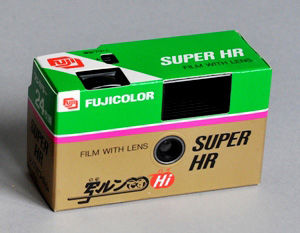「~~な(の/ん)です/だ」 (More informal with 「ん」)
is an explanatory expression. It is different from (and more nuanced than) a simple declarative statement describing what/how something is, which takes the form:
「~~です/だ」
If there is a cat in front of you that looks unmistakably like a cat, you will say:
「これはネコです。」
In fact, (unless you want to practice speaking Japanese,) you might not even say that because it is so obviously a cat. It could not be anything else (any other kind of animal). The point is that it would still make sense to say that.
What you will never say, however, in this situation is:
「これはネコなんです。」 ≒ "Actually, this is a cat.", "Believe it or not, this is a cat.", etc.
That will sound nonsensical, won't it?. I hear this misuse among J-learners on Japanese TV and Youtube all the time. In fact, I had been waiting for someone to ask about this here for quite some time.
So, when can we say 「これはネコなんです。」, the explanatory version?
You can say it when you have a cat that does not look like a cat -- most likely, it looks like another kind of animal.
Guy: 「それ、何{なん}の動物{どうぶつ}?キツネ?」 "What's that animal? A fox?"
You: 「これ、ネコなんです(よ)。そう見{み}えないけど。」 "It's a cat! Doesn't look like one, though."
Hope my explanation was clear enough.
With verbs, you can just add 「のです/んです」 to the dictionary form or the past tense form. No other forms will work.
Below is the image of Japan's first disposable camera named 「写{うつ}ルンです」 (see lower left corner for name). The name implies something like "It actually takes (good) pictures despite its cheap look." In other words, it is explanatory.
![enter image description here][1]
[1]: https://rr.img.naver.jp/mig?src=http%3A%2F%2Fimgcc.naver.jp%2Fkaze%2Fmission%2FUSER%2F20150320%2F25%2F2592725%2F8%2F300x233x12ee3d853677a1c2604eddd3.jpg%2F300%2F600&twidth=300&theight=600&qlt=80&res_format=jpg&op=r(source: naver.jp)
